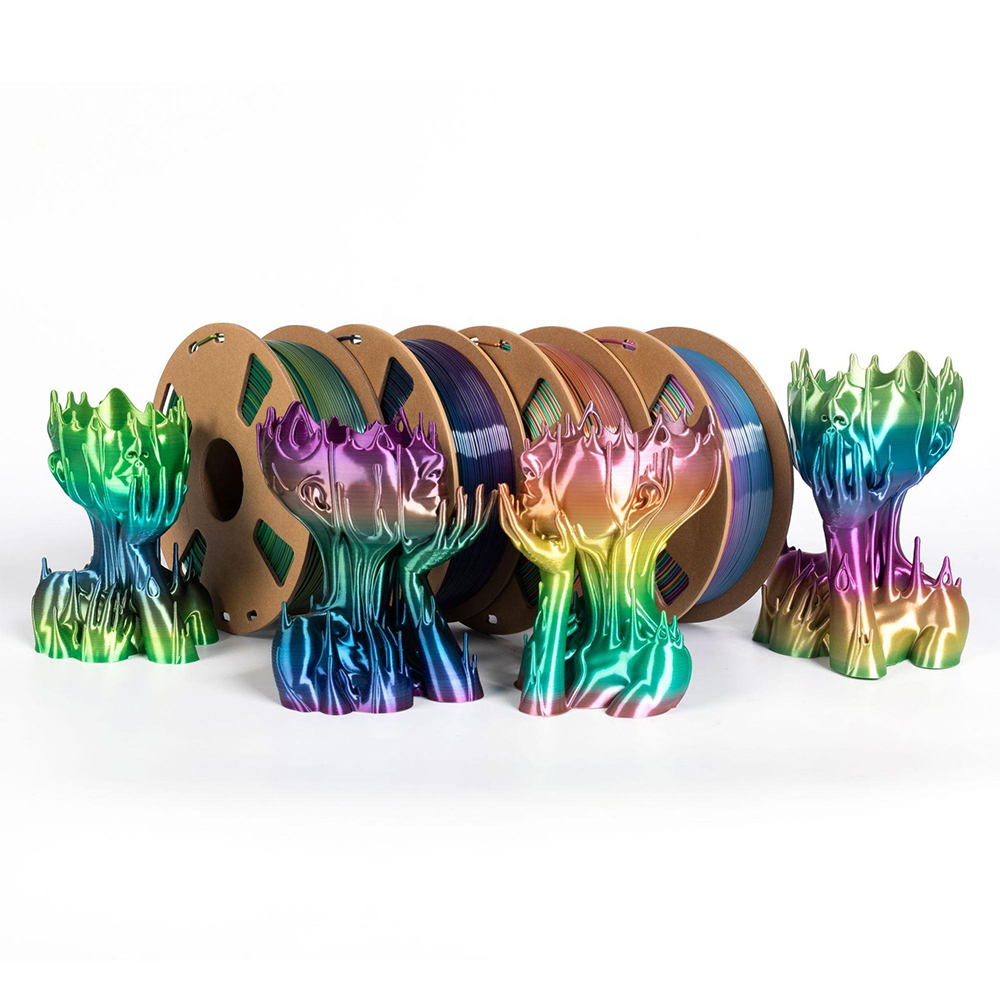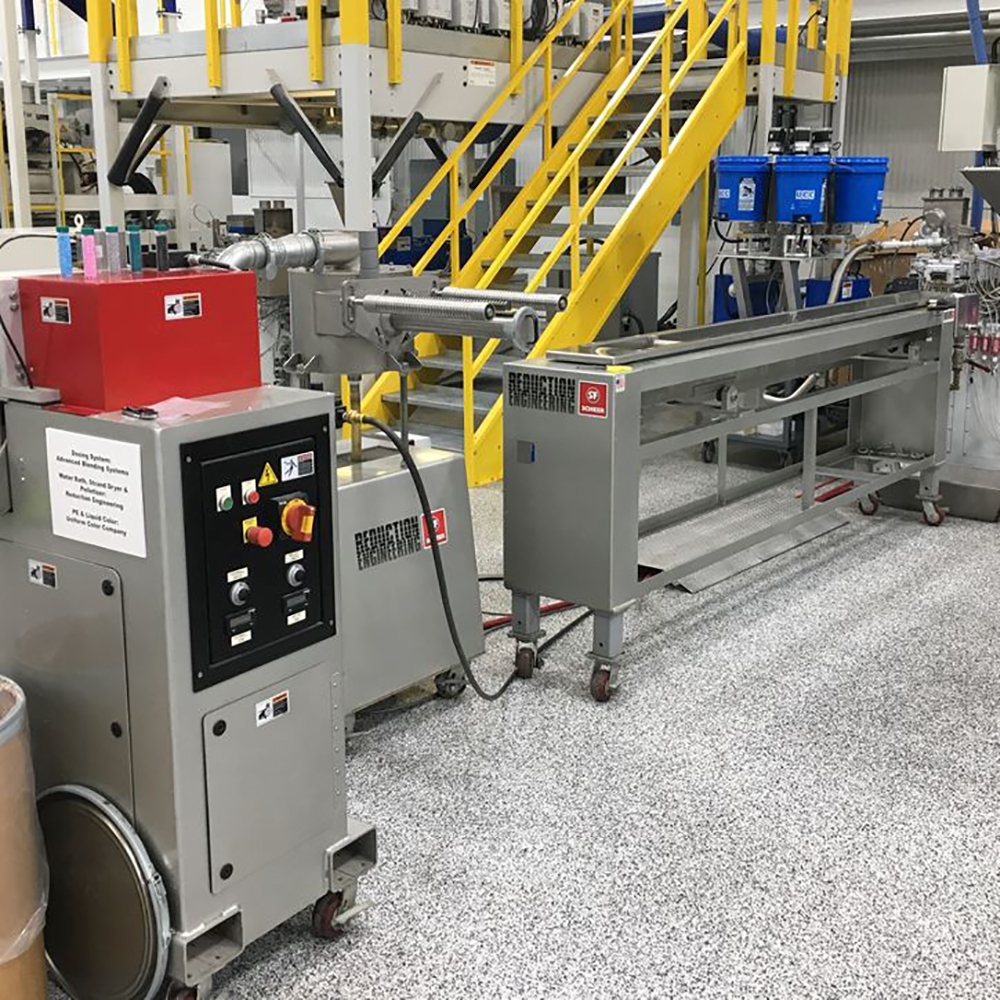
3D басып шығарудағы Masterbatch интеграциясы: прототиптеуден өндіріске дейінгі кешенді нұсқаулық
3D басып шығару біздің дәуірімізде бастапқы прототиптеуден бастап ауқымды өндіріске дейін әртүрлі салаларда қолданбаларды табатын трансформациялық технология болып табылады.



